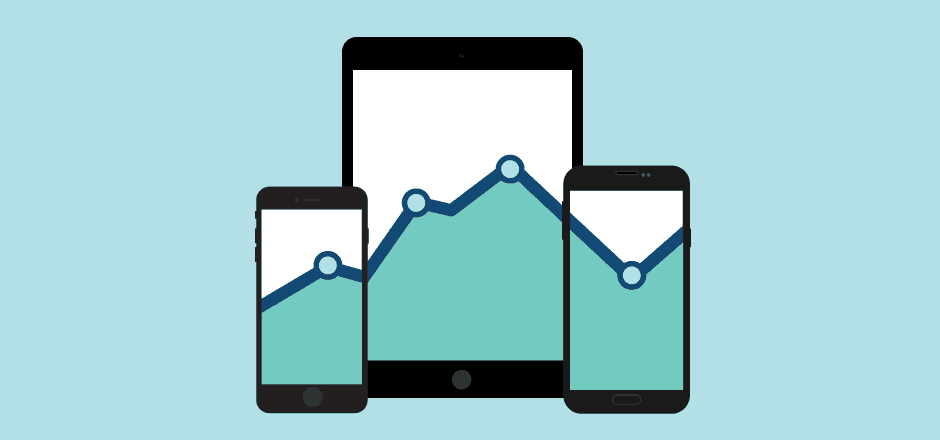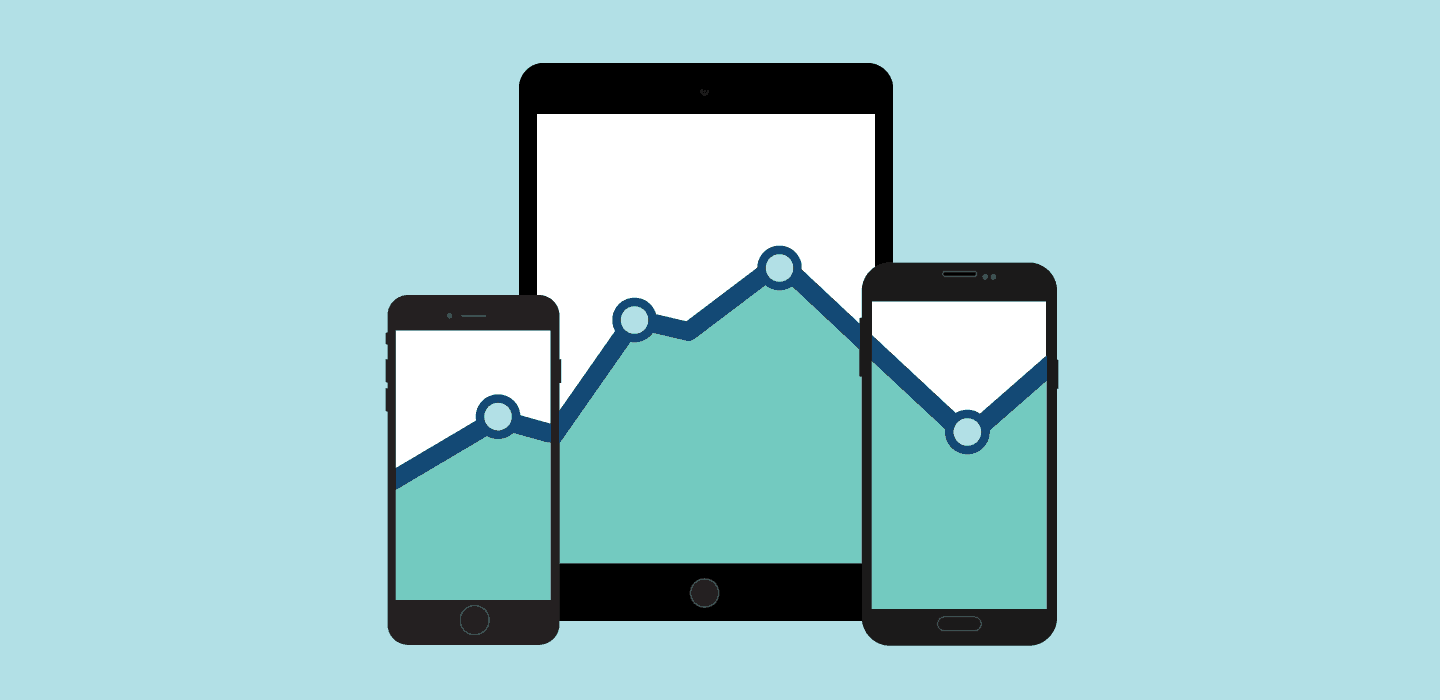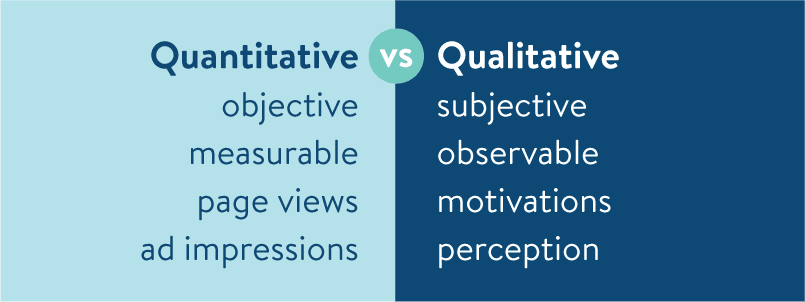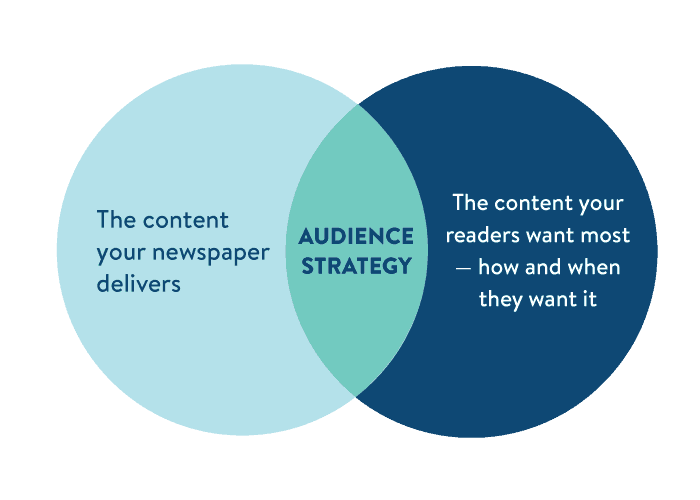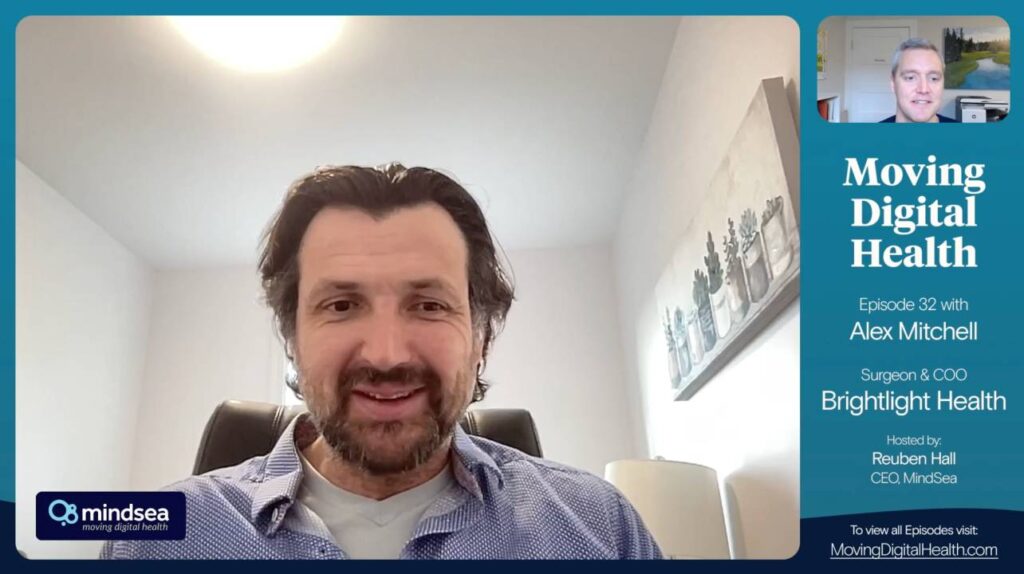Understand the role analytics for mobile apps play in your entire mobile strategy is a must in 2019.
At first, the great hope of digital publishing was that advertising would pay the bills. Then came a shift toward paywalls. Fast-forward a few years; now homepage impact is waning and paywall return rates are on the decline almost as alarmingly as print readership in general. Publishing’s digital landscape is lurching forward again—if it wasn’t already in a constant state of disruption.
The problem? Publishers aren’t gaining exposure to new readers, which restricts the reach of their content. They’ve seen declining revenue year after year as a result. It’s perhaps understandable that the industry is lagging behind in the digital arena in their hesitation put their faith in yet another ‘new’ delivery system. But the catch-22 remains: how do you reach a new audience if you’re not serving that audience by way of its preferred channels? Ultimately you can’t gain relevancy and grow readership without revisiting your digital strategy once again.
“The hardest part for me has been the realization that you don’t automatically get an audience,” says Janine Gibson, editor-in-chief of The Guardian’s website, in an article by Digiday.
By now you can probably guess the platform with the most relevancy. We shouldn’t have to convince you that smart phones lay claim to the coveted ‘fastest growth’ title. The mobile screen has surpassed TV (and finally left desktops in the dust) as North America’s primary display. But in case you need proof, Pew Research Center reported that 56% of American adults own smartphones in a study that’s already two years old. According to a report from comScore, the number of mobile users overtook the number of desktop users just in the last year. Most striking: Nielsen reports that a whopping 89% of those users spend their time in mobile apps, while the remainder use mobile web.
A responsive website isn’t enough to remain competitive in light of those figures. To be relevant, you need an app. And not just any app—you need an app that will reach the right people, at the right time and in the right place—you must have a mobile app that caters to your audience’s needs and wants. But how do you know what those needs and wants are?
Enter analytics.
Analytics for mobile apps, in a nutshell
Metrics and big demographic datasets are vital clues to understanding any audience. Luckily, hardly any non-governmental sector has access to the powerful wealth of demographic information available to publishers. Traditionally this includes data verticals like income, location, age, and gender—quantitative metrics gained from surveying your subscription base (and if you aren’t collecting this information from your subscribers by now, you should be). In the digital arena, publishers amass massive data sets that track pageviews, impressions, shares and clicks.
While these may represent interaction, they aren’t enough evidence on their own to prove a hypothesis about your readership. They can help you assign value to your content and link location to behaviour for instance, so they’re important numbers to have in your strategic arsenal. But audience understanding doesn’t stop at quantitative data. There’s another side to the analytics coin.
What’s often missing from the equation (but especially around digital engagement) is qualitative insight. And it’s a potentially major oversight, since the ‘what’ and ‘where’ of pageview and impression metrics are almost meaningless without the ‘why’.
Qualitative data is intangible insight gleaned from your consumer’s point of view often through in-person discussions: Do they find the content relevant? Where are their pain points? Adding this perspective paints the complete picture. Surprisingly, a 2011 survey of marketers conducted by McKinsey & Company reports that only 18% of publishers collect qualitative intelligence in addition to their quantitative metrics i.e.: their audience’s wants and needs, and the interests and motivations that drive them—the implications of which define why people interact, not just how.
The additional benefit of qualitative understanding in the digital sphere should be obvious. Knowing how and why people interact with a digital product not only allows you to serve them better, but also to influence them to take a desired action.
Analytics and your audience strategy
Engagement and consumption of content is heavily influenced by the medium by which it’s delivered. This means the analytics that matter most to your organization are specific to the context in which your content is consumed and the medium used to consume it.
So contextual data—in this case, data specific to your audience’s interaction with you via an actual smartphone—is important. Some publishers, like the Harvard Business Review (HBR), are using a combination of quantitative data gathering and qualitative hands-on approaches to populate their analytics.
In a Q&A with Digital Innovators’ Summit (DIS), HBR’s Josh Macht and Eric Hellweg discuss how they got in a room with people and their phones to view, track and capture real world digital insight:
“We met with people every week—subscribers, social media followers—and teased out their interests and collected their feedback…”
Interestingly, Machty and Hellweg discovered their audience was interested in entirely new content delivery methods including interactive graphics and webinars. Further developing these offerings allowed HBR to deepen their relationship with customers by giving them what they were asking for. Strengthening this relationship grew their readership across all platforms as a result.
Most importantly, they realized this information was a powerful strategic tool in developing early digital designs and concepts.
Analytics-informed apps: how to get started
Identify Your Data
In a recent article published by the Newspaper Association of America, Matt Lindsay, President of Mather Economics, outlined some suggestions to help you determine what metrics you should be looking at to inform your strategy:
“it is helpful to understand how the insights generated from the data will be acted upon. As an example…if the opportunity is audience revenue growth, you will need data on audience traffic data by visitor, demographic data on the visitors themselves, the platform they are using and their account information if they are an existing or former subscriber.”
In other words, it’s best to identify your challenge or opportunity before you begin filling your database. Unfocused qualitative audience feedback and/or too many quantitative metrics across too many verticals can leave you drowning in information, instead of honing in on actionable solutions.
Whether you currently have an app or it’s your first foray into the app frontier, determine which metrics and behaviour analytics will best serve you as you develop and improve your product. The result will be one that’s much more viable to your target.
Prototype to get it right
You can design and build an amazing app based on the data you have, but you’ll still be making a thousand assumptions along the way. No amount of planning or brilliant design can tell you how readers will interact with your app once it’s in their hands. Early validation is key as supported by former CEO at Mozilla, John Lilly from his blog:
“…get to a working prototype as quickly as you can…so that you can tell what’s happening and figure out whether you’re on the right track or not.”
This is especially important for new publications, new audience targets, or new approaches to content.
Invite your readers to be part of the process. Go to where they are or bring them into your office. Invest in qualitative research sessions where you can observe them interacting with your demos first hand. Then use what you’ve learned to build what they want, not what you think they want.
Collect, Evaluate, and Calibrate Your Offering
There are powerful analytics tools and services available to publishers that integrate with your app products to passively collect quantitative data on your audience, like comScore, Adobe’s Analytics, Lotame’s data management platform and Chart Beat Publishing. The cost of these tools can vary significantly, as does the data they can collect. Research your options and experiment with each. The information unveiled by these tools is the lifeblood of every mobile app—if you’re listening and reacting to what the data is telling you.
Even well established publications have had to shift their strategies in response to audience behaviour. An article by NiemanLab shares how The New York Times completely pulled its NYT Opinion app. Instead, they’re making changes to the NYT Now app, which surprised them by attracting two very different audiences they’re now ‘untangling’. By seeking to understand not just where these audiences were gravitating but also their motivations, The New York Times identified a problem and an opportunity, and took swift corrective action.
Make sure to keep checking in with your audience. Re-ask what’s working for them to augment your measurements with qualitative audience intelligence.
The job is never done
The nature of tech and its relentless progress means disruption of the industry is destined to continue, so it’s safe to say you’ll need to keep evolving.
More metrics are collected than ever before, making it possible to dive deeper still. It will be necessary to step change with the pace of innovation by putting processes in place not just to collect data and audience feedback, but to react to it—to distill, interpret and act on it to facilitate frequent analytics-informed iterations of your app.
After all, change is a constant, and who if not news media should be tomorrow’s guardians of the new now.
Are you a publisher looking to enhance your digital strategy? Last year, MindSea partnered with The Chronicle Herald to redesign and redevelop their iOS app. The app went on to be recognized by Apple in their Best of 2013 category, and was awarded second place in the International News Media Association Awards. We also developed the Android and iOS apps for the Postmedia Network. If we’ve piqued your interest, you can get started now with our App Design Guide or get full details on our approach and pricing with a quick email to hello@mindsea.com.
